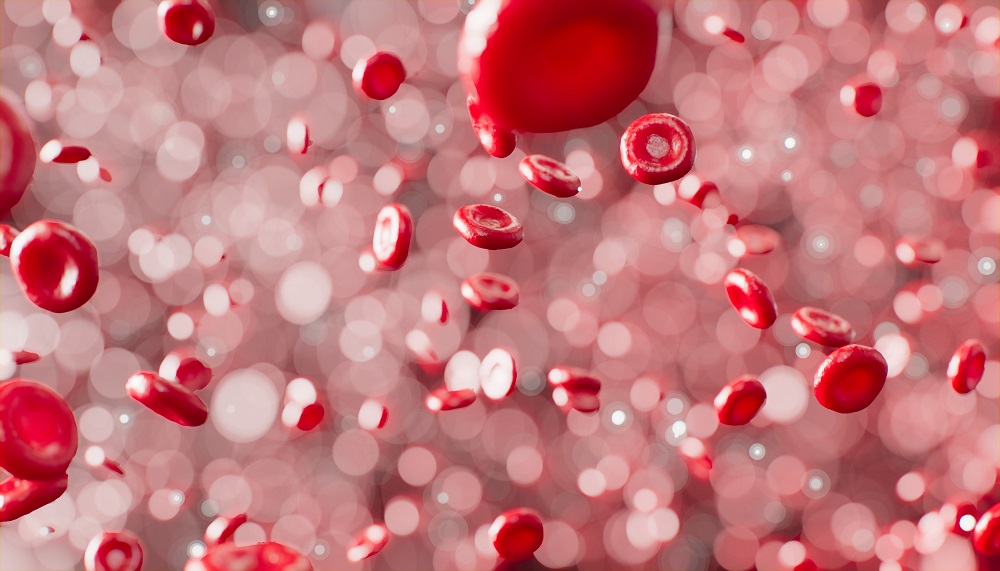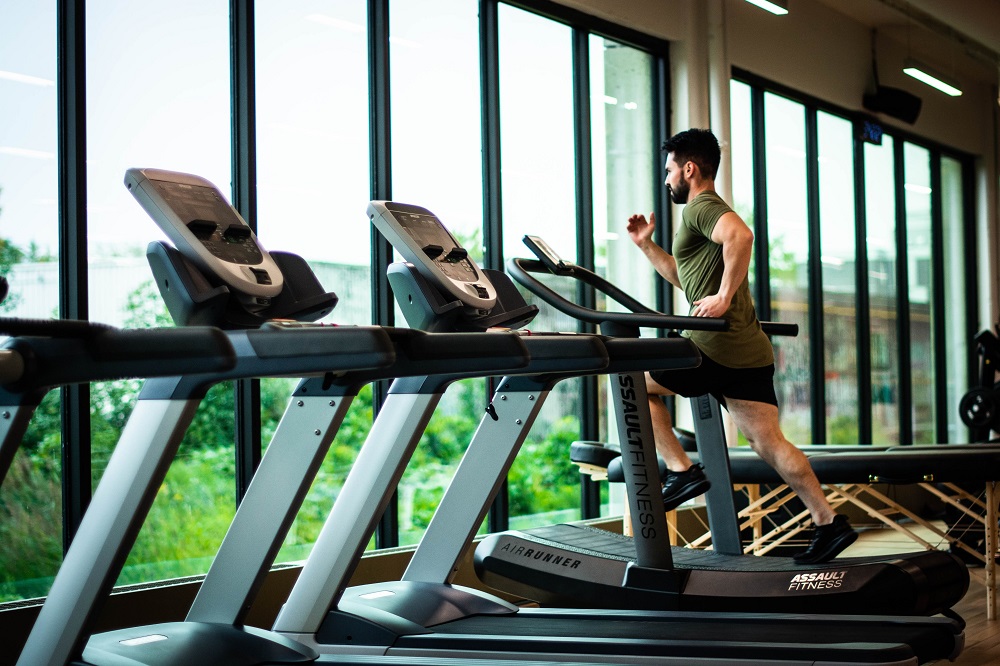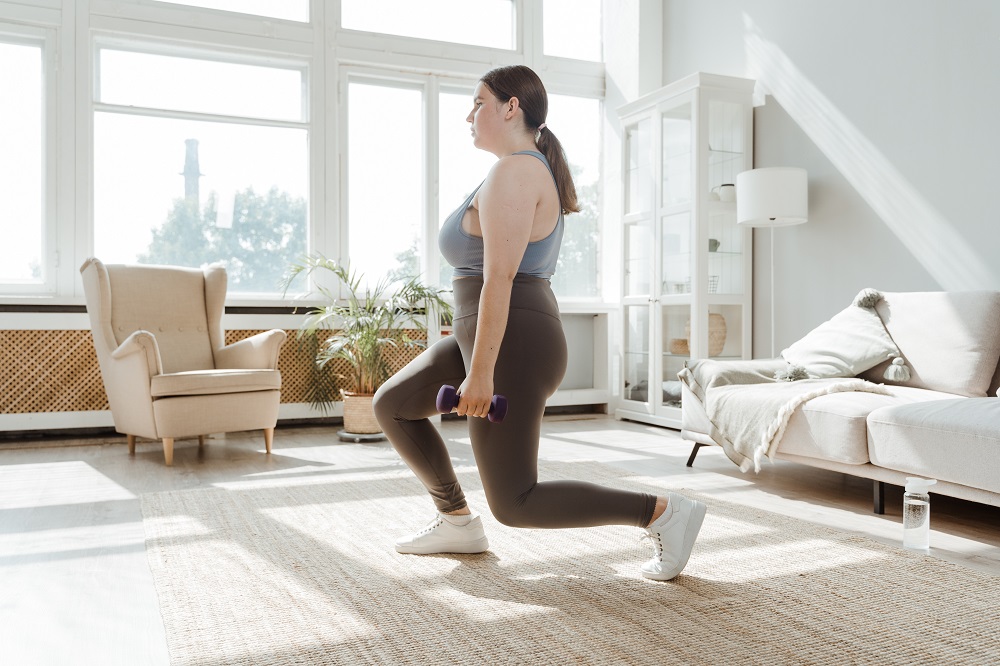How exercise affects the circulatory system? We all know that exercise can have incredible effects on the human body. Aside from being efficient in burning calories, weight loss, and helping you get the beach body of your dreams, exercise can improve mood levels, boost energy, promote better sleep, and most importantly; it can help reduce the risk of chronic conditions and diseases.
The long-term effects of regular exercise on the circulatory system can improve your overall health in many ways. If you’re wondering how exercise affects the circulatory system, keep on reading.
First of all, what is circulation?
Circulation is the main function of the circulatory system. This function is responsible for delivering oxygen and nutrients via blood to the body’s cells and taking away carbon dioxide and other waste that your cells don’t need.

The circulatory system, also called vascular and cardiovascular system, consists of the heart, blood and blood vessels (veins, arteries and capillaries) that run throughout the body. Blood circulation is an essential function that supports the body’s vital organs. Some of the most common conditions related to poor circulation include cardiovascular diseases such as coronary heart disease, high blood pressure and stroke. Proper circulation reduces the risk of developing these conditions.
How exercise affects the circulatory system?
Exercise is probably the most important factor when it comes to good circulation and heart health. Exercise helps circulation by getting the heart pumping blood throughout the body faster and increasing the blood flow. This causes increased production of nitric oxide, which helps the veins and arteries remain soft and reduces thickening or hardening of the arteries, called atherosclerosis. Exercise strengthens the blood vessels and heart, and helps this filtration system work efficiently. In short – exercise is good for atherosclerosis.
How exercise affects the heart?
Is exercise good for the heart? Absolutely! Exercising regularly is one of the best things that you can do for your heart health.

The heart is a muscle, but instead of growing bigger as other muscles, it stretches. When the heart relaxes, it’s slowly expanding and filling with blood, until it contracts. This is known as stroke volume – the volume of blood ejected during each stroke of the heart. A strong heart that’s good at stretching and relaxing can fit more blood in the ventricles per heartbeat. This means that it doesn’t need to beat as often and pump more blood to the muscles. Exercise helps keep the heart strong and working efficiently. This is probably the biggest reason to get inspired and start working out.
Lower blood pressure
Undetected high blood pressure can damage blood vessels over time and increase bad LDL cholesterol, which leads to narrowed arteries and a decrease in the efficiency of the circulatory system. High blood pressure or hypertension, if left untreated for a long time, can lead to serious conditions such as heart attack, heart failure, stroke, kidney disease, vision loss, and atherosclerosis. This is why it’s important to keep track of your blood pressure and watch out for pre-hypertensive symptoms.

A regular cardiovascular exercise can help lower blood pressure, or prevent it from rising throughout the years, thus reducing the risk of developing the serious conditions related to hypertension.
Improve blood flow
Exercise increases blood flow, which promotes good distribution of nutrients and oxygen throughout the body, allowing the heart, muscles and lungs to work more efficiently. Furthermore, exercise causes the growth of more blood vessels in muscles, and the creation of new pathways for the blood – expanded networks of capillaries.
Lower cholesterol
Regular physical activity is linked to healthy levels of cholesterol. Many studies show that exercise can raise HDL cholesterol and reduce the “bad” LDL cholesterol levels.
Reduce the risk of diabetes, stroke and cardiovascular diseases
We already mentioned how exercise affects the heart and how incredible it is for overall health, but it can also reduce the risk and prevent some serious health issues.

Being physically active reduces stress hormones, which have a negative effect on the heart. It also reduces the risk of cardiovascular diseases and serious heart conditions – coronary heart disease, heart attack and stroke. Exercise also helps control blood sugar levels, as physically active people have higher insulin sensitivity. This means that exercise can reduce the risk of diabetes and help in managing the disease in the individuals who have it. Some types of exercise can help in adipose tissue reduction.
How exercise affects the lungs?
The heart isn’t the only organ that benefits from being physically active. By improving the circulation, exercise increases the blood flow to the lungs, which allows them to deliver more oxygen in the blood. It also helps in strengthening the tissue around the lungs, which improves the function of the lungs.
Conclusion
Now that you learned more about how exercise affects the circulatory system, you might want to consider getting some movement into your daily routine. Choose a physical activity that you enjoy doing, and try to do it at least 30 minutes a day.

Whether you choose brisk walking, yoga or HIIT workouts, make sure to keep at it and stay consistent, so your heart and your body can get all the amazing benefits!